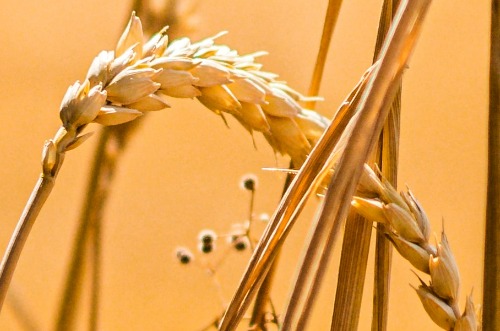Wheat Prices in India Continue to Trend Upwards Despite Export Restrictions

The Indian government banned wheat exports in May 2022 in order to guarantee supply for the domestic market at a time when drought negatively hampered Indian wheat production and decreased its output by 10% YoY to 99 million mt. Despite the government's ban on wheat exports in May, some shipments are still permitted to fulfill the requests from certain countries in need. In the first six months of MY 2022/23, from April to September, Indian wheat exports increased significantly by 138% YoY, reaching USD 1.5 billion. India’s trading partners for wheat are Bangladesh, Indonesia, South Korea, the UAE, and Yemen.
In addition, the Indian government was unable to meet even 50% of its procurement target due to the lesser output of wheat from producers. As a follow-up measure to control domestic wheat prices, the government also banned the export of wheat flour and products in August 2022.
Most recently, wheat prices increased even more as a result of strong local demand while still in short supply ahead of the holiday season. Millers are also having trouble obtaining enough wheat supplies in order to run their mills. Due to the government's limited inventories and the open market sales program being delayed this year, millers are unable to purchase from the government reserves as they did in the previous year. According to reports, there were 22.74 million mt of government wheat stocks at the beginning of October 2022, a 53% YoY decline.
These three factors lesser production, strong demand, and lower government procurement are driving the Indian wheat price to continue to rise. In the second week of November 2022, Tridge’s wholesale price of wheat in India rose to INR 22.76/kg (USD 0.28/kg), an increase of 10% MoM.
Source: Tridge
The wheat price will likely continue to rise until the next season in April 2023 because India has not yet released the state reserve into the open market. The sowing of the new wheat crop would start after Diwali festivities in October and the planted area is expected to expand by 8–10% YoY from 30.5 million ha in the previous year. The Indian government has also increased the minimum support price for wheat by 5.5% to INR 2,125/quintal, encouraging Indian wheat producers to expand production for the upcoming season.





